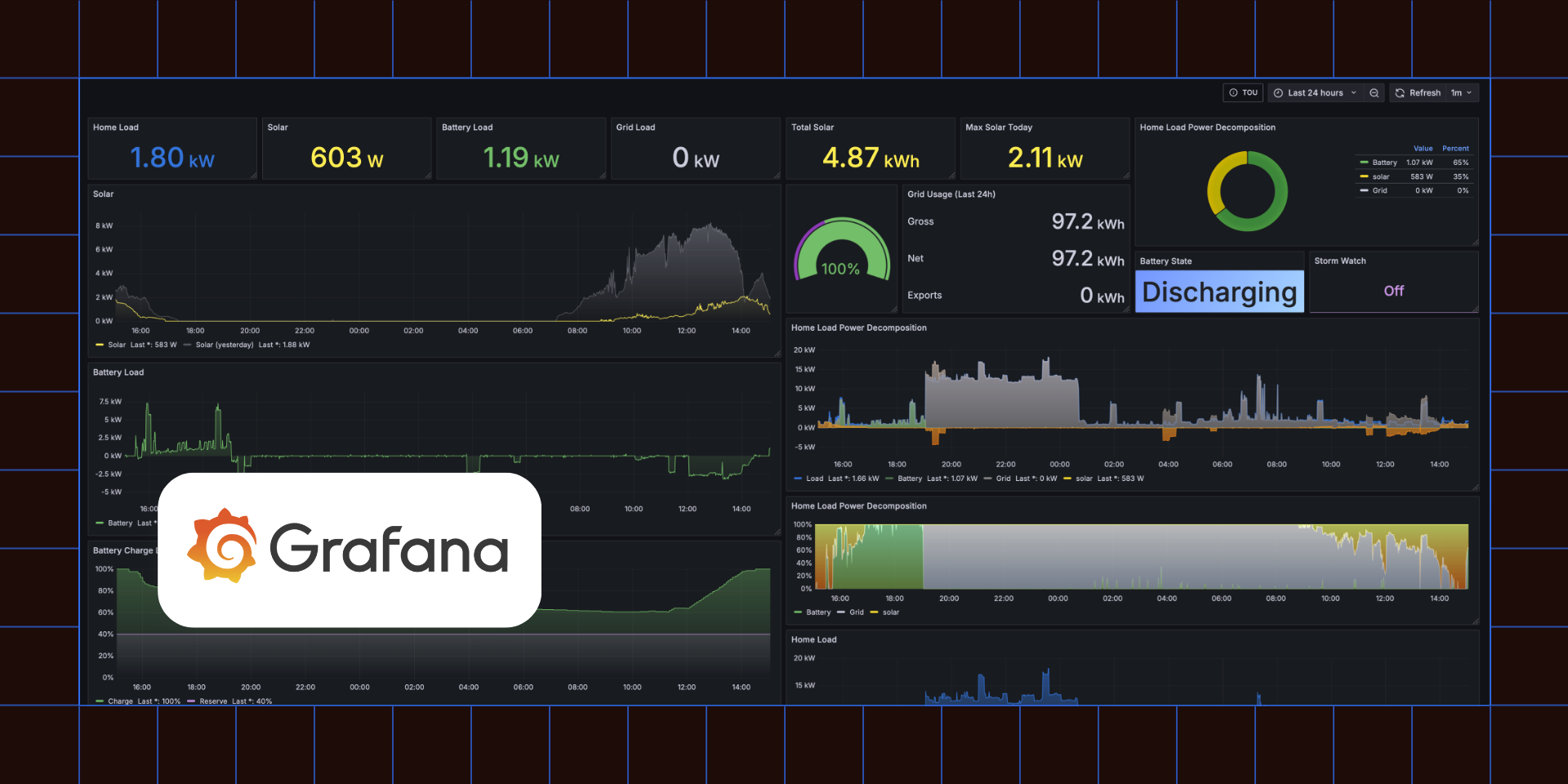
Strava Centralizes Data, Runs With the Results
- Without Fivetran, Strava would need an additional full-time engineer to support the marketing team’s data needs.
- With its modern data stack, Strava can quickly and efficiently prioritize product features and test channels.
- Strava builds an attribution model to better understand user acquisition and map the entire customer journey.
- Strava uses key internal metrics to guide its investment in different acquisition channels.
Strava is a fitness tracking app and website that connects millions of runners and cyclists in the world’s largest social network for athletes. With so many users and potential users, the business was looking for new ways to understand the customer journey and evaluate which marketing channels to invest in to drive growth. But with a small engineering team, it couldn’t dedicate an engineer to extracting data from marketing applications.
“We were using data from the UI of our external platforms, including our ad platforms, attribution partner, and customer data platform,” explains Michael Li, Data Scientist at Strava. “The data is siloed and aggregated and thus we weren’t able to learn what we needed to from it. We relied on so many different sources for data that we use on a daily basis, and leaned on external partners to provide BI for us.”
Buy over build
Li had previous experience with data engineering teams that chose to build instead of buy, and he understood that it was best to find an external solution: “I’ve worked with data engineering teams that didn’t have Fivetran, and it took a lot of work to connect to external APIs, maintain the connectors, and handle API changes. With Fivetran, we centralized our data in our warehouse quickly, giving the business access to the data right off the bat. Without Fivetran, we would need an additional full-time engineer just to support the marketing team’s data needs.”
Strava has added multiple data sources since leveraging Fivetran. Previously, it only worked off of data from its attribution partner; now it ingests data from the attribution partner and most marketing channels. “Fivetran has provided us with the data to enable a lot of the things we’re doing today,” Li says. “We have centralized reporting and BI. The ease of ingestion Fivetran provides is a huge value-add, and our teams can work off that data quickly and efficiently. Fivetran does more than free up time — it enhances our capabilities because we now have an enriched marketing data set.”
Data that drives decisions
Strava centralizes its data into Snowflake Data Warehouse, which it chose for the separation of storage and compute, and the ability to ingest data easily and efficiently. “After some initial setup by analysts and data scientists, we have powerful visualizations,” Li explains. “We can slice and dice the data in many ways without having to write SQL. Employees who need to can really plug into the data.”
With relevant data at their fingertips, decision-makers are much more informed. “We’re a very data-driven company,” Li says. “Which product features we should prioritize and which channels we should test and experiment on are key decisions, and it’s much easier and faster to answer these questions now.”
Making a marketing impact
Strava can now build attribution models to fully understand how it acquires users. In the past, modeling was done primarily on local machines using R and Python. Now it can run analysis on all of its data in Snowflake, enabling key decision-makers to slice and dice based on last-touch, first-touch or multi-touch attribution. By looking at paid acquisition, they can track their users across channels like SEO, social and partner marketing. Strava has insight into the entire customer journey. “We can see if our paid users are interacting with our social or SEO channels and determine if there are any cross-effects,” Li says. “These things weren't possible when we didn’t have the data in-house.”
Additionally, Strava can distinguish the quality of acquisition channels through key internal metrics, including those related to retention, monetization and engagement. “Having that data internally in Snowflake allows us to look at it on a user level as well as a channel level,” Li observes. “Using our metrics we can determine if SEO is better or worse than our paid acquisition or our partner marketing channels. That was just not possible when we didn’t have that data centralized in Snowflake and a BI tool like Tableau.”
Having an understanding of channel quality helps the business decide which channels to invest in: “This year we have made major decisions about scaling down on certain channels and scaling up on others based on the quality of users, which we were only able to assess based on the data.”
About Fivetran: Shaped by the real-world needs of data analysts, Fivetran technology is the smartest, fastest way to replicate your applications, databases, events and files into a high-performance cloud warehouse. Fivetran connectors deploy in minutes, require zero maintenance, and automatically adjust to source changes — so your data team can stop worrying about engineering and focus on driving insights.
About Snowflake: Snowflake is the leading data warehouse built for the cloud. Its unique architecture delivers proven breakthroughs in performance, concurrency and simplicity. For the first time, multiple groups can access petabytes of data at the same time, up to 200 times faster and 10 times less expensive than solutions not built for the cloud. Snowflake is a fully managed service with a pay-as-you-go-model that works on structured and semi-structured data.
About Tableau: Tableau helps people see and understand their data. The Tableau platform provides the breadth and depth of capabilities that enterprises need, and adapts to your environment with unmatched flexibility and choice, while meeting the toughest governance and security requirements. People love using Tableau because it is both powerful and intuitive. Tableau leads the industry with the most passionate user community, over 86,000 customer accounts, and a commitment to customer-focused innovation.
[CTA_MODULE]

Learn how automated data movement boosts productivity and accelerates insights for your business.
Download the report
How real Fivetran customers accelerate analytics and AI
Get the guide



















